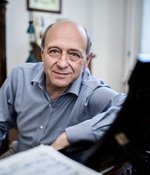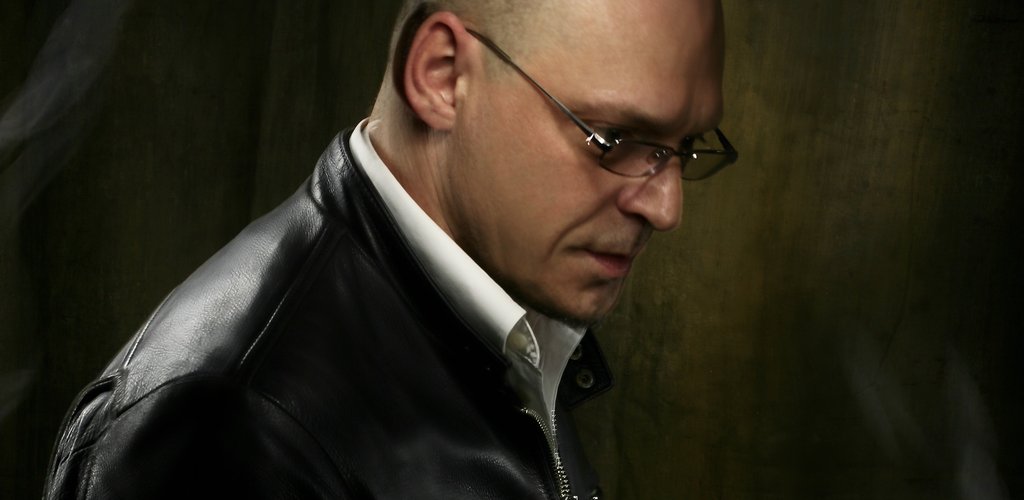You have worked in major opera houses in Europe and America, so you are well acquainted with modern trends in opera directing. What, for you, are the keys to a good, 21st-century opera production?
I believe in the classical approach to representation which starts from a profound analysis of the music and text and presents these through the means of the theater. This approach is possible in a contemporary or period interpretation, in a minimalist or decorative version, in a symbolic approach or in a naturalistic one. The important thing is to maintain the truth of the characters illustrated by the music. It is certainly not possible to set La Bohème in a spaceship, as they recently did in Paris. The essential basis of the drama that moves the characters is missing, which is poverty, as clearly described by Puccini.
You have worked as co-director with other famous directors, for example, with Franco Zeffirelli in La Bohème, or with Iván Fischer for Falstaff, Poppea and now this Britten opera. In a partnership, who makes the final decisions, and on what basis?
I remember almost simultaneously directing a gigantic production with Zeffirelli, for whom I was the left and right arms, a second production by Graham Vick, my friend, and spiritual father, and stylistically the opposite, and a third one, of my own, in England. The shape of each production was different, but the style of interpretation was similar. I can work with people who have a musical sensitivity and a respect for the logic of text and music. Iván's case is quite special because I don't know another person who has equally great ability in music and theater. I have a very deep admiration for Iván's musical sensitivity and I am struck by his great intelligence and by his ability to analyze dramatic situations. There is no hierarchy, but collaboration and mutual stimulation in the enrichment of ideas. I am as big a fan of teamwork as I am an opponent of the single figure for direction, sets, costumes or lights, because the creativity of other people is lacking. In reality, no one takes the "final decision" because it imposes itself. In a system of collaboration and discussion, the most logical and effective solution is the one that is recognized by all.
Please introduce us to the crew you are working with, for example, the set designer, Andrea Tocchio, and the costume designer, Anna Biagotti.
Andrea and Anna are longtime collaborators and friends. Andrea is special because he has a lot of skills in different fields: he has a degree in construction engineering, he has always worked in opera and theater and he was one of the main activists in Italy in the 2000s for the relaunch of the Teatro Valle in Rome, a magnificent theater of the 18th century. He has collaborated with many artists, including Lindsay Kemp, and recently with the Italian composers Giorgio Battistelli and Enrico Melozzi, for whom he coordinates concerts that go under the name of 100 Cellos. I welcomed Andrea into my group when he was young and introduced him to my other set designers with whom he collaborated and then started designing the sets for my own shows. With Anna I have a common matrix that unites us to the artistic world of Franco Zeffirelli, for whom Anna created costumes for opera productions and collaborated on films. We also share in common the teaching of the great Italian costume designer Piero Tosi, who designed unforgettable dresses for Luchino Visconti, Zeffirelli and Piero Pasolini. Anna designed costumes for many of my productions. She has collaborated, through the costume workshop of the Rome Opera House, of which she is the director, with costume designers for opera throughout the world and has worked with fashion houses such as Valentino and Dior.



